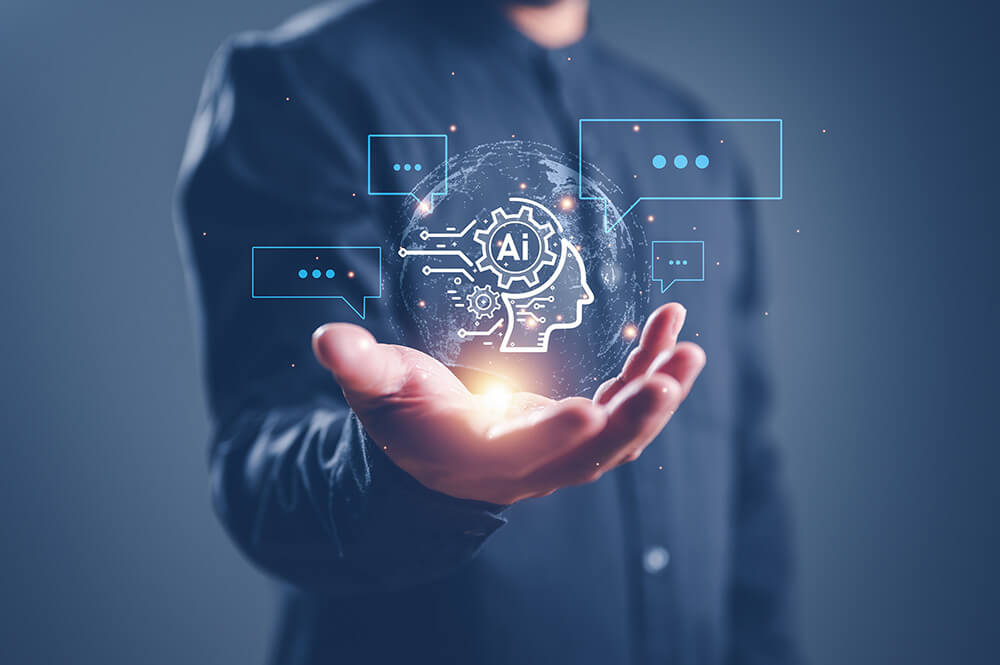When organizations talk about modernizing legacy software, the conversation often defaults to “rip and replace.” But the reality is far more nuanced—and economically urgent. Enterprise systems may be clunky, but they’re deeply embedded in operations, compliance, and culture.
Replacing them outright is risky, expensive, and time-consuming. So what’s the alternative?
Augmentation with AI.
Instead of rewriting entire systems from scratch, forward-thinking businesses are layering AI on top of legacy infrastructure unlocking new value, automation, and user experience without touching the fragile core.
🧱 The Problem with Replacing Legacy Systems
Legacy systems still power everything from banking to logistics to manufacturing. They persist for good reasons:
- Mission-critical operations
- Deep integrations across teams
- Heavy compliance and audit requirements
- Large institutional knowledge baked into workflows
But they also come with pain points:
- Obsolete UIs
- Poor interoperability
- Manual, repetitive processes
- Limited analytics or visibility
Modern teams want better experiences but CIOs are wary of multi-year, high-risk rewrites.
🤖 AI as a Bridge, Not a Bulldozer
AI provides a path forward: augment legacy systems instead of replacing them.
This can mean:
- AI-powered assistants that interact with old systems via APIs or RPA
- Natural language interfaces to generate reports, run queries, or fill forms
- Intelligent layers that predict outcomes or suggest actions on top of ERP/CRM
- Data enrichment and classification without changing the core database schema
“Think of it as wrapping intelligence around your existing systems not ripping them apart.”
🔍 Real-World Examples of AI-Augmented Legacy Systems
1. AI Agents for Manual Workflows
- Legacy system: Insurance claim processing done through a 20-year-old desktop app
- AI layer: NLP-based email triage + RPA bot logs into the legacy app to file claims
- Result: Reduced manual input by 70%, with zero changes to the core system
2. Natural Language Interfaces for Reports
- Legacy system: SQL-based dashboards built into a logistics ERP
- AI layer: Chat-based GPT frontend lets users ask “Where are the delivery delays?”
- Result: Broader data access without retraining users or touching the ERP
3. Predictive AI Embedded in Workflows
- Legacy system: Manufacturing quality control tracked in spreadsheets and SAP
- AI layer: Machine learning model flags anomalies based on past QC data
- Result: Early detection of defects without rewriting existing tools
🔧 How to Get Started with Augmentation
- Identify pain points (manual effort, slow reporting, repetitive tasks)
- Map integration paths via APIs, RPA, file exports, or UI layers
- Build micro AI tools on top (assistants, predictive models, chatbots)
- Test and iterate in sandbox environments
- Train your teams to interact with new layers, not replace core usage
Modernization doesn’t require a forklift, it just needs a smarter toolbox.
💡 Why Augmentation Works
| Factor | Replacement Model | AI Augmentation Model |
|---|---|---|
| Time to Value | 12–36 months | 2–12 weeks |
| Risk Level | High | Low to Moderate |
| User Disruption | High retraining, change fatigue | Low, builds on existing behavior |
| Cost | $$$$ (multi-million) | $$ (agile pilots, scalable value) |
| Compatibility | Requires migration | Works with legacy infrastructure |
🧭 The Future: Layered Intelligence, Not Ground-Up Rebuilds
The best CIOs and product leaders are realizing this: AI doesn’t replace your old software, it makes it smarter.
With GenAI, RPA, and predictive models, companies can:
- Empower non-technical teams to get insights on demand
- Reduce operational friction without overhauling the stack
- Scale knowledge work without scaling headcount
- Modernize experiences while keeping backend stability
The future is hybrid where AI and legacy coexist, not collide.
Final Thought
In a world where transformation needs to happen fast and budgets are tight, AI-driven augmentation is the pragmatic path to modernization. It respects the past while enabling the future.
Don’t replace your legacy system yet. Wrap it in intelligence and watch it evolve.




